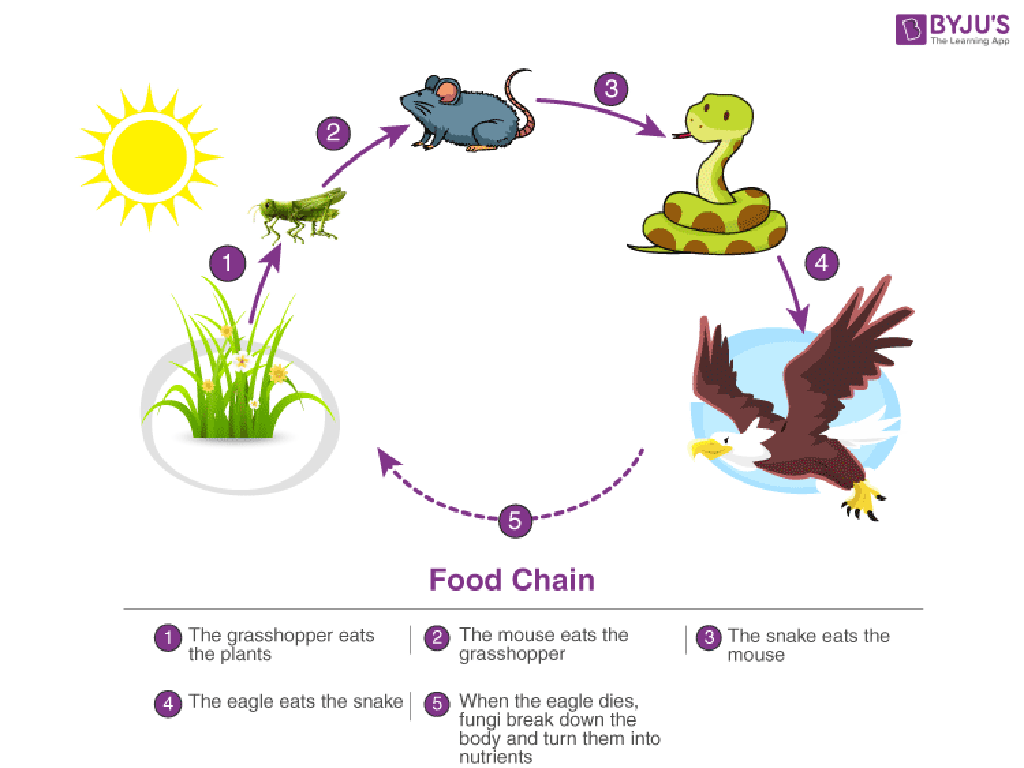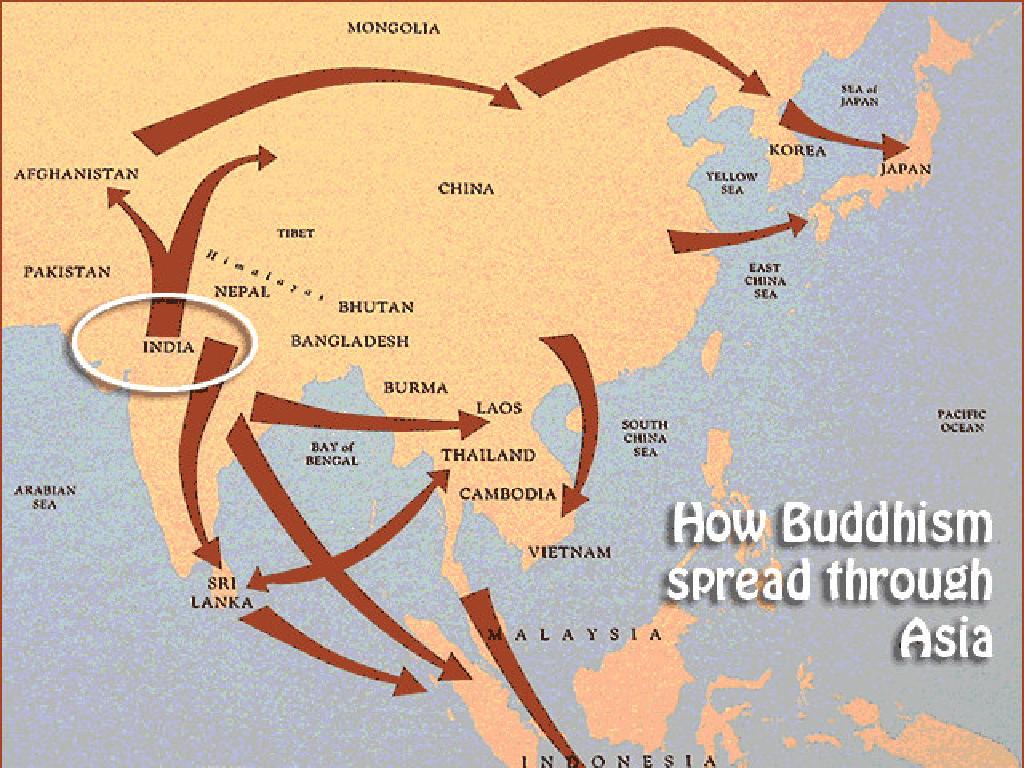How Does Particle Motion Affect Temperature?
Subject: Science
Grade: Sixth grade
Topic: Particle Motion And Energy
Please LOG IN to download the presentation. Access is available to registered users only.
View More Content
Particle Motion and Energy
– Explore particle motion basics
– Particles are always moving in solids, liquids, and gases
– Particles move in all states of matter
– In solids, particles vibrate in place; in liquids, they slide past each other; in gases, they move freely
– Motion of particles relates to temperature
– Temperature measures how fast particles are moving
– Higher motion means higher temperature
|
This slide introduces the concept of particle motion and its connection to energy and temperature. Begin by explaining that all matter is made up of particles and that these particles are always in motion, whether we can see it or not. Discuss how the state of matter affects particle motion: solids have particles that vibrate but don’t change position much, liquids have particles that move around and slide past each other, and gases have particles that move quickly and freely. Emphasize that temperature is a measure of the average kinetic energy, or motion, of the particles in a substance. The faster the particles move, the higher the temperature. Use examples like heating water on a stove to illustrate how adding energy increases particle motion and temperature.
Particle Motion and Temperature
– Matter is composed of particles
– Particles move more with higher energy
– As energy increases, particles move faster, which can lead to a rise in temperature.
– States of matter affect particle motion
– Solids have particles that vibrate in place, liquids have particles that slide past each other, and gases have free-moving particles.
– Motion influences temperature
|
This slide introduces the concept of particle motion and its relationship with temperature. Begin by explaining that all matter is made up of tiny particles too small to see. These particles are in constant motion, and the amount of energy they have affects how fast they move. Discuss how in solids, particles vibrate but don’t change position much, in liquids, they move over and around each other, and in gases, they move freely and quickly. Emphasize that the faster the particles move, the higher the temperature of the substance. Use examples like heating water to show how adding energy increases particle motion and temperature. This foundational knowledge sets the stage for understanding heat transfer and the behavior of gases under different conditions.
Temperature and Particle Motion
– Temperature: hot or cold measure
– Average energy of particles
– It reflects the kinetic energy in particle movement
– Higher temperature, faster motion
– As temperature increases, particles gain energy and move more quickly
– Energy and particle speed link
|
This slide introduces the concept of temperature in relation to the motion of particles. Temperature is a measure of how hot or cold something is, and it’s directly linked to the average kinetic energy of the particles in a substance. When the temperature is higher, particles have more energy and thus move faster. Conversely, at lower temperatures, particle motion slows down. It’s crucial for students to understand that temperature isn’t just about how something feels but is a scientific way to gauge the energy and movement of microscopic particles. Engage the class with examples like the faster movement of particles in boiling water compared to ice, where the particles are slow and structured.
Exploring States of Matter and Temperature
– Solids: Particles vibrate in place
– Particles are tightly packed, vibrating in fixed positions
– Liquids: Particles move around each other
– Particles have more space and slide past one another
– Gases: Particles move freely
– Particles are spread out and move rapidly in all directions
– Temperature and particle motion
– Higher temperature means particles move faster, increasing energy
|
This slide introduces students to the concept of how particle motion affects temperature across different states of matter. In solids, particles are closely packed and only vibrate in place, which means they have lower kinetic energy and thus lower temperatures. As we move to liquids, the particles have more freedom to move around each other, indicating higher kinetic energy and temperature. In gases, particles are far apart and move freely at high speeds, which correlates with the highest kinetic energy and temperatures. The key takeaway is that the temperature of a substance is directly related to the average kinetic energy of its particles; the faster they move, the higher the temperature.
Heat Transfer and Particle Motion
– Heat increases particle speed
– Particles in warm objects move faster than in cold
– Conduction, convection, radiation
– Spoon in hot tea gets warm (conduction), wind blowing (convection), feeling the sun’s warmth (radiation)
– Everyday examples of heat transfer
– Cooking food, melting ice, warming hands by a fire
|
This slide aims to explain how heat affects particle motion and the different methods through which heat can be transferred. When particles absorb heat, they move more rapidly, which typically increases the temperature of the substance. Conduction is the transfer of heat through direct contact, convection is the transfer through fluids (liquids or gases) as warmer parts rise and cooler parts sink, and radiation is the transfer of heat through electromagnetic waves. Provide relatable examples such as cooking, where heat is transferred to the food, or the melting of ice, which demonstrates how heat causes solid particles to move faster and change state. Encourage students to think of more examples from their daily lives where they can observe heat transfer.
Measuring Temperature: Understanding Thermometers
– Function of thermometers
– Instruments that measure temperature by particle motion
– Celsius vs Fahrenheit scales
– Two scales for temperature measurement; water freezes at 0°C, 32°F
– Reading a thermometer
– Match mercury level with temperature scale
– Relation to particle motion
– Faster particle motion means higher temperature
|
This slide introduces students to the concept of measuring temperature, an essential aspect of understanding how particle motion affects temperature. Thermometers work by detecting the motion of particles within them; as the particles move faster, the substance inside the thermometer expands and rises. The Celsius and Fahrenheit scales are two different systems for measuring temperature, with specific points for freezing and boiling of water. Teach students how to accurately read the level of mercury or colored alcohol in a thermometer and correlate it to the temperature scale. Emphasize that the temperature indicated by a thermometer is a direct result of the kinetic energy or motion of particles within the substance being measured.
Let’s Experiment: Particle Motion & Temperature
– Observe particle motion with water
– Warm vs. cold water experiment
– Add food coloring to each
– Observe how food coloring spreads in different temperatures
– Predict the outcome
– Will it spread faster in warm or cold water? Why?
|
This class activity is designed to help students visualize how particle motion affects temperature. By comparing the diffusion of food coloring in warm and cold water, students can see firsthand how particles move faster in warm water due to increased energy, leading to quicker mixing of the color. Instruct students to carefully observe the rate at which the food coloring spreads in each water temperature and to make predictions before the experiment. After the observation, discuss the results with the class to reinforce the concept that higher temperatures increase particle motion. Possible activities include having different groups test different temperatures or having each student make individual predictions and observations to share.
Conclusion: Particle Motion & Temperature
– Recap: Particle motion affects temperature
– Particle motion’s role in daily life
– Examples: Ice melting, water boiling
– Understanding this relationship is crucial
– Grasping this concept aids in comprehending various natural phenomena and technological applications
– Open floor for questions and thoughts
|
As we conclude, let’s recap how the motion of particles relates to temperature. Faster-moving particles mean higher temperatures, as seen in the transition from ice to water, or water to steam. Understanding this concept is essential, as it explains many everyday occurrences, from why a car engine heats up to how a refrigerator keeps food cool. Encourage students to think about other examples in their daily lives where this relationship is evident. Now, open the floor for any questions or thoughts the students might have, fostering an interactive discussion to solidify their understanding.
Class Activity: Temperature and Particle Motion
– Conduct your own experiment
– Observe temperature’s effect on particles
– Watch how particles move faster in warm water compared to cold
– Record your observations
– Note changes in speed and direction of particles
– Discuss findings with the class
|
This activity is designed to give students a hands-on experience with the concept of particle motion and temperature. Provide students with two containers of water, one heated and one at room temperature. Have them add a drop of food coloring to each and observe the difference in how the color spreads. The food coloring represents the particles, and students should notice that it moves faster in the warm water. This demonstrates that increased temperature results in increased particle motion. After the experiment, students should write down their observations and be prepared to discuss how temperature affects particle motion in different substances. Possible variations of the activity could include using different liquids, using solids, or changing the heat source.






